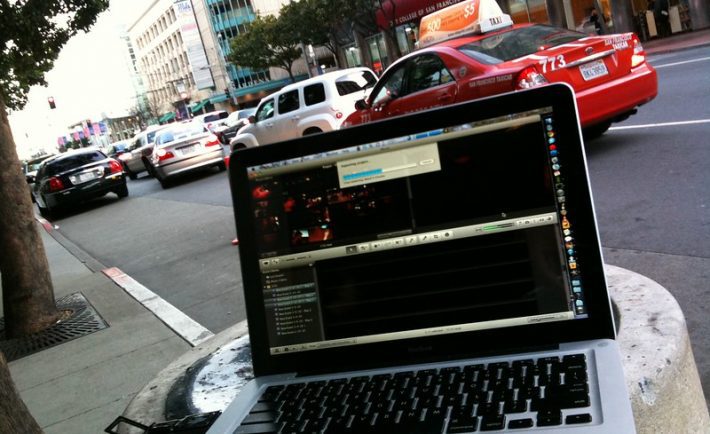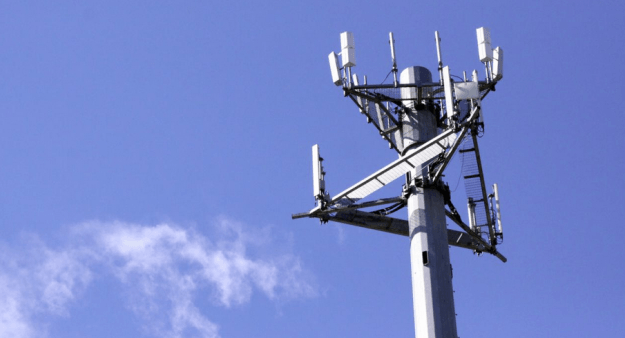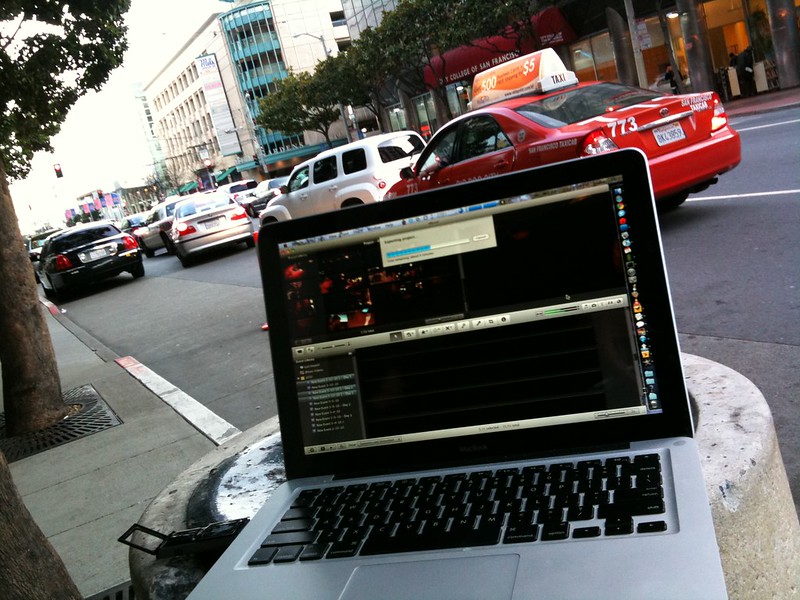
Ever since the rise of online casinos in the mid-’90s, they have had to endure a constant cycle of intense competition and growth. Over the years, this has led to a wide range of technological advancements, in a constant cat-and-mouse game of digital evolution. Among the most recent of these changes are the advances brought around by live dealer games like live blackjack and live roulette. So, what exactly are the biggest components that have made these possible, and what do they add to the game?
Mobile Integration

There was a time when mobile casinos were entirely tied to the app format. This meant that to play the games, a user would have to download a program, and even then the selection of games within a mobile platform would be comparatively limited to those which were available on a desktop version of a casino.
The biggest development which changed this reality was the introduction of HTML5 in 2016. In short, this update to coding methods and structures allowed mobile websites to close the gap that had formerly proved such an issue. Now, mobile casinos can easily play live dealer games and claim all the bonuses and advantages that this implies. You can find much more information here, but suffice to say fans of online blackjack live games have been thrilled, as have those who appreciate diverse titles like casino hold’em, roulette and craps.
The Arrival of 4G

While the news of 5G might be currently making the most headlines, we’d be remiss if we didn’t cover the advantages to mobile internet that were generated through the fourth generation back in June of 2010. Just as 3G had before it, 4G gave a massive boost to mobile connectivity speeds, to a level where online streaming became a reliable reality.
As another arm which made mobile casino play not just possible but smooth, additional credit has to go to these systems. While it is not strictly necessary yet, we could expect that 5G will one day raise the bar of streaming quality to another level, possibly allowing for a world of 4K streaming at 60FPS, or even more.
The Game Control Unit
Invisible to all but the dealer, the game control unit or GCU is the backbone of live casino streaming technology. Hooked up to the dealer’s camera, this shoebox-sized unit is responsible for the ever-important task of encoding the video streams. For those unaware, unencoded video streams are enormous and require unfeasibly fast connections to process. The GCU manages this issue, allowing different qualities at far smaller data sizes than what would be possible otherwise.

The Monitor
Another piece of tech invisible to the user, the monitor refers to the screen which the dealer uses as a play-guide while they host the game. This essentially gives the dealer quick and easy readouts of each user’s bets, so they know exactly where play is, and what moves they should be making.
Going Forward
Of course, this is only a small portion of the overall hardware and software which allow live dealer games to operate as smoothly as they do today. As this form of gambling continues to evolve, chances are good that we might see some more enormous shifts in this corner of casino games sometime soon. Virtual and augmented reality live dealer games are an especially exciting prospect on this front, though they might prove a few years away yet.
Whatever the case for the coming decade, current trends show that live casino games are only going to take up an increasingly large part of the online pie, and that suits most players just fine.




